Councilman Costello’s Testimony to the Kirwan Commission
TESTIMONY TO THE COMMISSION ON INNOVATION & EXCELLENCE IN EDUCATION
THURSDAY, OCTOBER 12, 2017
Mr. Chairman and Members of the Commission on Innovation & Excellence in Education,
My name is Eric Costello and I am the Councilman for Baltimore City’s 11th District, which includes the Central Business District, Downtown’s Westside, Central West Baltimore, Midtown, and the South Baltimore Peninsula. I also Chair the City Council’s Budget & Appropriations Committee.
As you are all aware, City Schools was facing a $130 million structural deficit heading into FY2018. In response, our City made an unprecedented budgetary commitment to City Schools for FY2018, as well as for the following two years. Specifically, Mayor Pugh provided an additional $22.4 million in the FY2018 budget (City Council Bill 17-0065 and 17-0082); and committed an additional $32.3 million in FY2019; and $35.5 million in FY2020. Despite this unprecedented commitment to our students, during our budget negotiations with the Mayor, the City Council then prioritized an additional $3 million in fiscal year 2018 (City Council Bill 17-0084); and as part of our agreement, the Mayor agreed to commit an additional $3 million above the aforementioned commitments for both fiscal year 2019 and 2020.
All of this was in addition to the Governor’s second supplemental budget, which included $23.7 million in State grants for full day Pre-K and a declining enrollment grant. Furthermore, Delegate McIntosh was able to secure an additional $13.9 million in spending relief for payments to 21st Century School Construction, increased payment on pensions, and MTA bus passes. Finally, City Schools Central Office identified cuts of $30 million. We couldn’t do this on our own, and we are certainly grateful to our partners at the State as well as the sacrifices made by City Schools Central Office. While we nearly were able to close the gap, the scenario we experienced this fiscal year is in no way sustainable.
Our City’s revenue generating potential is simply maxed out. We have the highest tax rates on real property, personal property, and income in the State. We also have the bottle tax dedicated to 21st Century School Construction, a 10% amusement tax, a 20% parking tax, and a 4% telephone tax, all of which are the highest in the State. We have commitments for implementation of the US DOJ Consent Decree, estimated at approximately $10 – 15 million per year. Our EPA Mandated Sewer Consent Decree will cost over $1 billion, which will be impacted by rising labor costs which will inevitably result in increased utility service fees on top of the 33% increase incurred over the current 3 year period. This is on top of over $800 million invested over the past 15 years to comply with EPA’s Consent Decree. We also maintain our own streets. This is all coupled with steadily declining highway user revenues over the past few decades and demonstrably high infrastructure needs.
This fiscal year, we appropriated nearly $500 million to our Police Department, which many would agree may not enough to deal with our significant public safety needs. Our fixed costs, which continue to rise each year, including pensions, retiree health, debt services, and our MOE to City Schools, is for the first time in excess of $800 million. We are responsible for maintaining an aging water system which provides water service to Baltimore City and Baltimore County, and also provides raw or finished water in large volumes directly to Anne Arundel, Carroll, Hartford, and Howard Counties. This will cost over $200 million this fiscal year. These are just three of the many areas that we are either mandated to, or simply cannot afford to not prioritize.
The City is also picking up the cost of transportation for students with special needs, school nurses, crossing guards, and after school and community school programming. In addition, we must contribute $20 million per year to the 21st Century School Construction Program.
Unlike other counties in the State suffering high rates of poverty, Baltimore City’s budget must absorb many of the aforementioned costs. These challenges and commitments aside, our school system has significant local challenges, including a high percentage of students with special needs, many stemming from environmental challenges such as exposure to lead paint, a high percentage of students whose second language is English, and disparate pockets of poverty throughout the City resulting in the need for extensive wrap-around services.
I recognize that Baltimore City provides the lowest percentage of total funding to its school system out of each system in the State. That said, the City stepped up in a significant way during this past year, unlike we have ever done before. However, the new formula must ensure that the State meets its constitutional mandate to provide a quality education to every student in Maryland, including in Baltimore City. It should also be appreciative of not only the local effort made, but of the challenges each locality must deal with in addition to education. We are fully committed to providing an enriched education to every student in Baltimore City, no matter what. We want to give more to our students, and if we could, we would. But we need your help to ensure there is an equitable formula in place so that our students have every advantage possible afforded to them. After all, they are our future.
Thank you for your commitment to this important work and your time today, and I would be happy to answer any questions.

